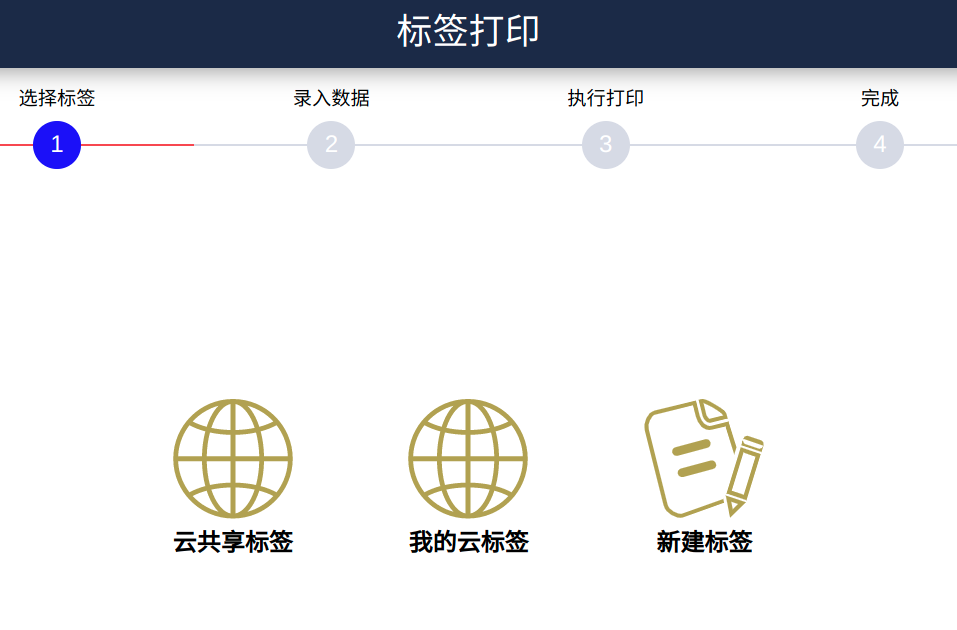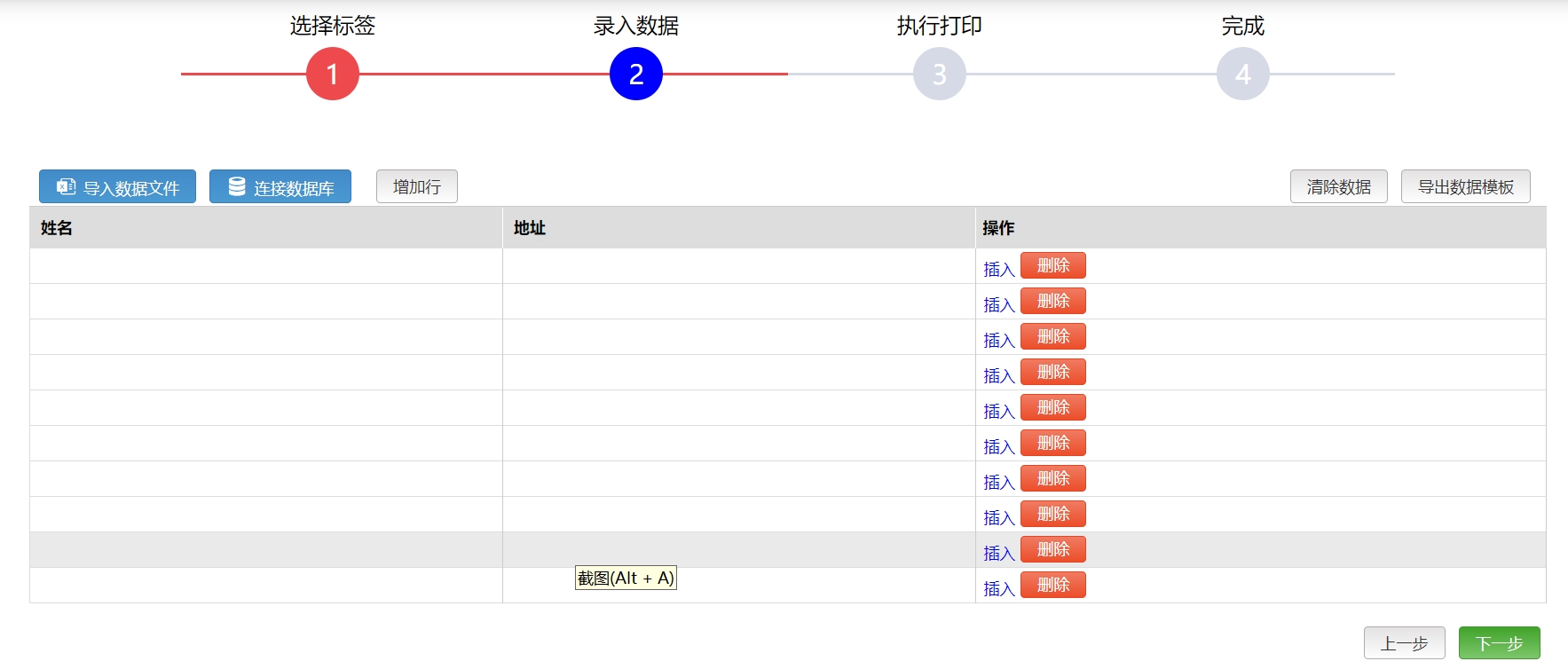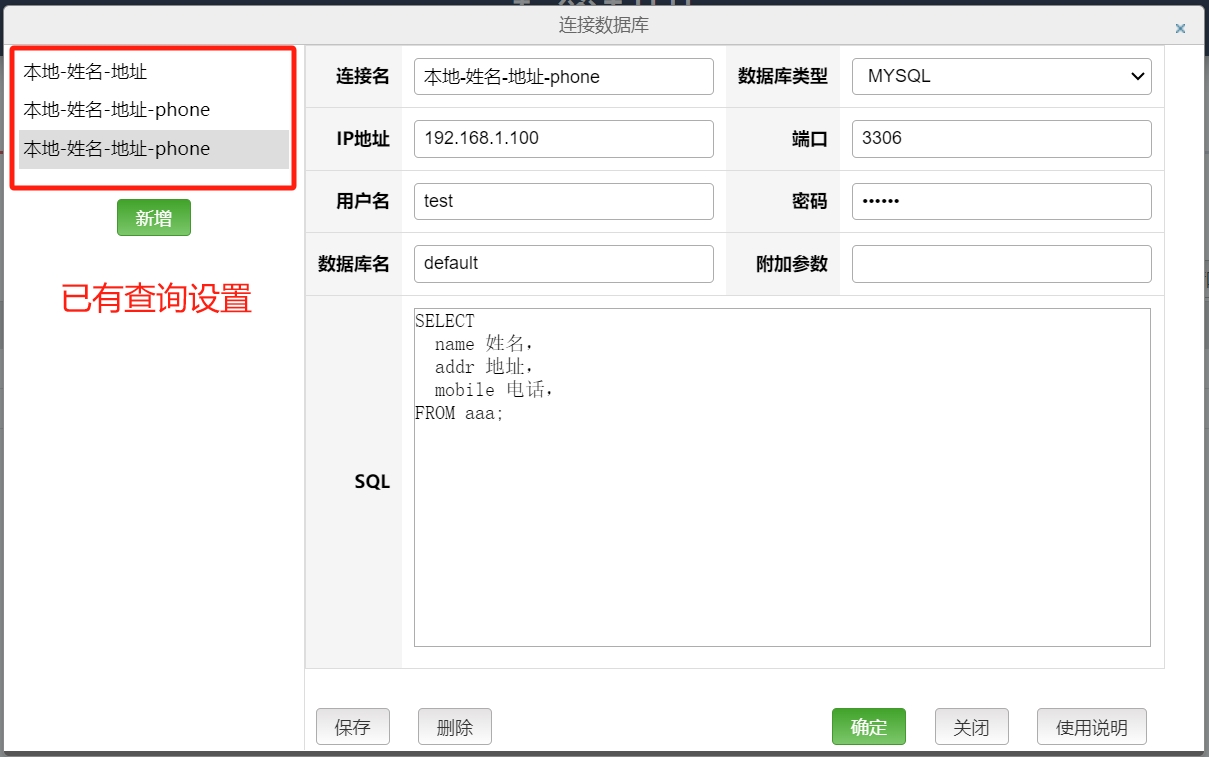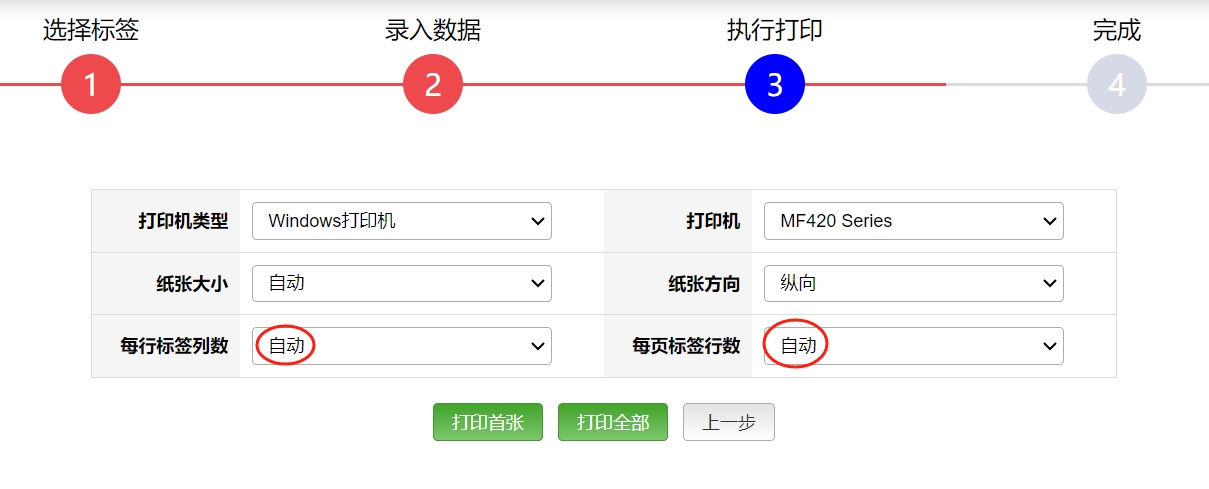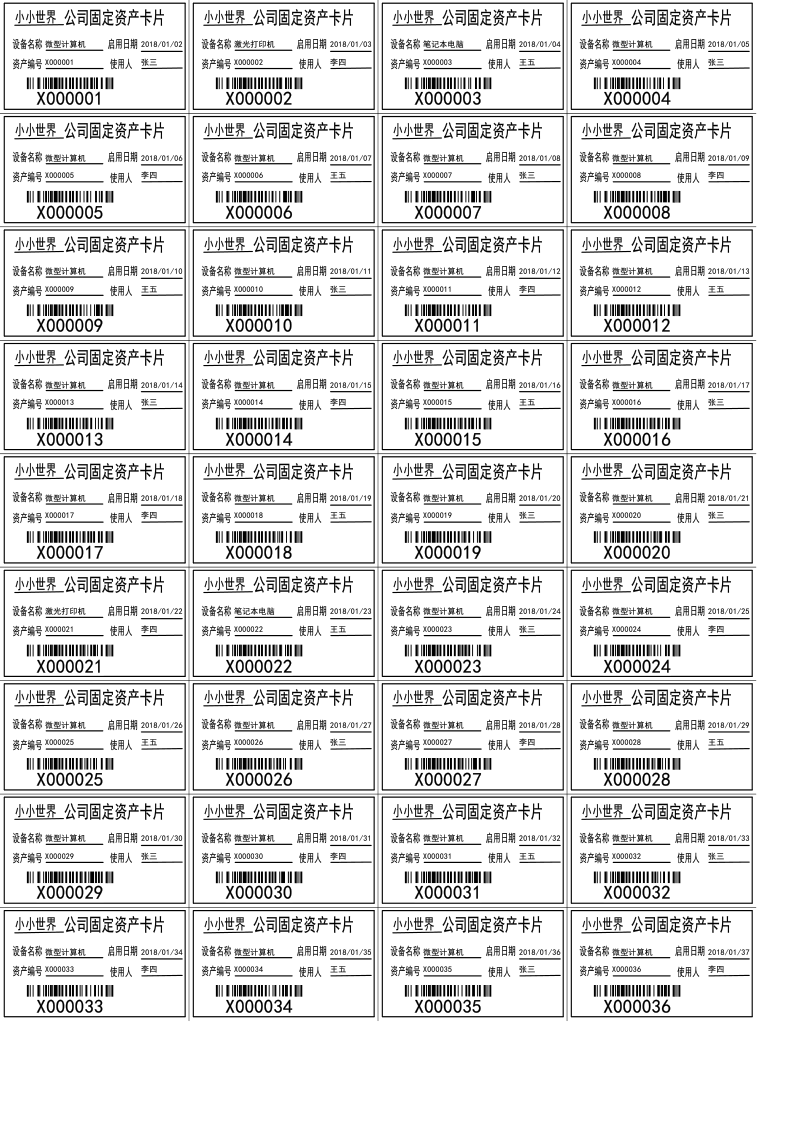Table of Contents
Installation and Usage
- Print Control - SpiritWeb
- Label Design - Designer
- Label Printing - SpiritLabel
- Registration Code Authorization
- Membership Authorization
Development Manual
- JS API
- Dynamic Link Library
- REST API
- Third-party Website Integration
- Android Native SDK
- H5 APP
FAQ
Batch Printing User Manual
PrintSpirit batch printing function supports Excel-style data editing, bulk data import, and direct database connection to achieve variable data printing. Data import methods include: importing Excel data, direct connection to databases (SQLite, MySQL, MSSQL, PostgreSQL and other mainstream databases). Supports imposition (e.g., multiple labels imposed on A4 sheet). An essential tool for logistics, retail, foreign trade and other industries.
Batch printing is available in online version SpiritOnline, desktop version SpiritDesktop, and server version (SpiritCenter) for general users. Works with SpiritDesigner label designer for complete label design and printing workflow.
Operation steps: Select template > Input data > Execute printing.
Step 1: Select Template
Choose pre-designed labels, create new labels, or select shared cloud templates. For label design, refer to SpiritDesigner Label Designer.
Step 2: Input Data
Three data input methods supported:
- Manual entry
- Import Excel data
- Direct database connection
Manual Entry
The software automatically aggregates template variables (variable fields) to generate Excel-like web tables. Each row represents a label, each column corresponds to a variable field.
Import Excel Data

PrintSpirit supports bulk Excel data import. Template variables automatically bind to Excel columns with matching headers. If no matching headers exist, manually bind variables by clicking column headers.
Recommendation: Modify Excel headers (first row) to match template variables before import (e.g., change "设备名称" to ".name") to simplify binding.
Connect Database

PrintSpirit supports direct database connections to ERP, WMS and other systems. Retrieve data through SQL queries for label printing.
Note: Database connection requires technical parameters (server IP, database type, table names, etc.) and SQL query writing skills. Consult your database administrator for parameters.
For companies lacking technical expertise, we offer integration services - please contact sales.
Supports MySQL, PostgreSQL, MSSQL, SQLite and other mainstream databases. Configure connection parameters and write SQL query. Database connections (including SQL queries) can be saved locally for future use.
After confirmation, execute SQL query to preview results (total rows + first 10 records).
Data Mapping
Two mapping methods for database fields and template variables:
- Use SQL aliases:
1SELECT field1 AS varname1, field2 AS varname2 FROM table...
- Manual mapping:
System auto-binds matching field names. For unmatched fields, manually bind by clicking column headers.

Method 1 Advantage: One-time SQL setup. Requires understanding of database fields and template variables.
Method 2 Advantage: Visual field content binding. May need re-binding after requery. Both methods can be combined.
Step 3: Execute Printing
Configure printer settings in final dialog:
- Select printer
- Paper size/orientation
- For auto-imposition: Set "Labels per row" and "Labels per column" to Auto
- System will calculate optimal layout based on label and paper sizes
"Print First" prints only the first data row. "Print All" continuously prints entire dataset.
4. Printing Result
Sample A4 imposition shows 4 labels per row × 9 rows = 36 labels per sheet. Crop marks between labels facilitate cutting.
